GATE IO MIN TRADINGGATE.IO RECENSIONI

STEINS GATE IOS CONTROLS
Today’s ports are facing significant challenges – from larger vessels and increased cargo volume to tougher environmental regulations and increased safety awareness. The role high-quality fender systems play in addressing these challenges should not be underestimated. Fender systems are a critical part of port infrastructure, and best-practice systems are essential to create and maintain optimum port efficiency, safety and sustainability.

With over 100 years of polymer knowledge and application experience, Trelleborg Marine & Infrastructure is a market leader in developing industry-leading fender solutions for use in the most demanding applications. In this time, we have built an unrivaled bank of best-practice and leading solutions to help the port industry deal with changing economic, environmental and engineering challenges.
In this flowbook, you can explore real-world examples of how Trelleborg Marine & Infrastructure has taken a gate.io dogs to fender performance, which includes four key elements: application engineering; detailed fender system design; fender production and quality control; and installation, operations and maintenance. These elements are critical for a best-practice fender system.
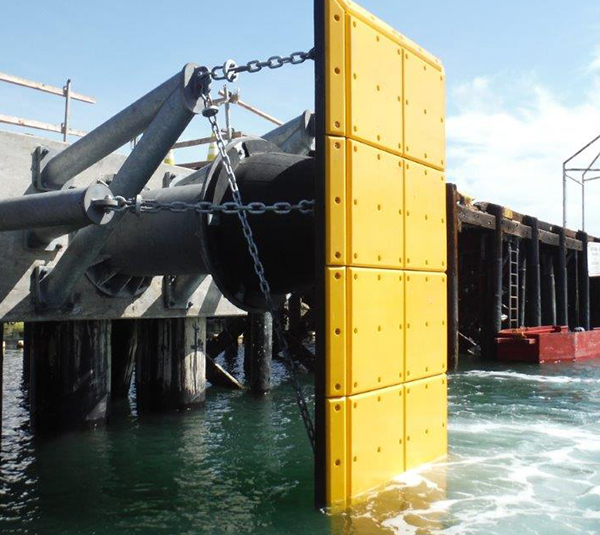 NB: Carbon Black is the high quality, reinforcing filler Ash
contains calcium carbonate, a non-reinforcing white
filler
NB: Carbon Black is the high quality, reinforcing filler Ash
contains calcium carbonate, a non-reinforcing white
filler
GATE.IO 방법
A port in North America is used to load fertilizer and gas onto ships and river barges, as well as for offloading a certain raw material.
GATE IO RESTRICTED REGION
This project involved upgrading an aging jetty that was unable to handle the greater berthing energies of larger vessels, and due to the jetty’s age, major modification was not possible. Trelleborg needed to develop a fender system that would enable the terminal to berth a wide range of ships in large, varying tidal conditions of around 8.8m, while maintaining low reaction force upon the existing structure.
CAN YOU LEAVE MONEY IN GATE IO
Trelleborg proposed a solution that would be a first in North America – a gate.io hacienda with two sets of back-to-back cone fenders in a vertical series that can reduce reaction forces by up to 60%. Each PMF was equipped with a 10.9m x 3.05m panel, a torsion tube/arm assembly and two sets of Super Cone Fenders (SCN800).
Built with best-in-class knowledge and an understanding of the wider port environment, the PMF has the ability to absorb twice as much energy compared to a regular cone fender. Its unique design incorporates one fender that is made from a hard rubber compound, while the other is made from a softer compound – this combination enables the PMF to accommodate the berthing of different-sized vessels. This means that this specialist solution is future-proofed to cope with the demands of increasing vessel sizes and is suited to a wide range of cargo berths, bulk terminals, oil and LNG terminals and container berths as well as RoRo and cruise terminals.
Trelleborg also used industry-leading Finite Element Analysis software to model and analyze the PMF components prior to production. This streamlined the design process and ensured that the optimal solution was engineered.
GATE IO CRYPTO EXCHANGE
Trelleborg’s innovative solution helped to significantly improve operations at the terminal. The 10.9m long panel enables berthing of large and small low freeboard vessels.
A feature of the PMF includes a ladder system that runs on the front of the panel and transitions through a walkway at the top of the panel, connecting to the top of the platform. This provides access to personnel from the platform onto the maintenance ship and vice versa, which increases efficiencies as safer access to the fender and easier maintenance is enabled.
Trelleborg’s rubber material compounding expertise enables two SCN Fenders to be coupled together, forming a single back-to-back fender and delivering the performance the terminal required.
The PMF system Trelleborg installed is able to maintain a low resistance force while providing almost double the energy absorption capacity of regular fenders. As well as modifying the terminal to make berthing a wide range of ships in large, varying tidal conditions possible, this unique solution delivers cost savings to the client on additional piles and existing structure modification.
The PMF system also boasts a non-tilt design that ensures the frontal panel remains vertical at any point of impact, while allowing the panel to rotate freely to accommodate large berthing angles without suffering a loss in performance. This efficiency improvement is particularly important with new generations of aluminum-hulled fast ferries coming into service.

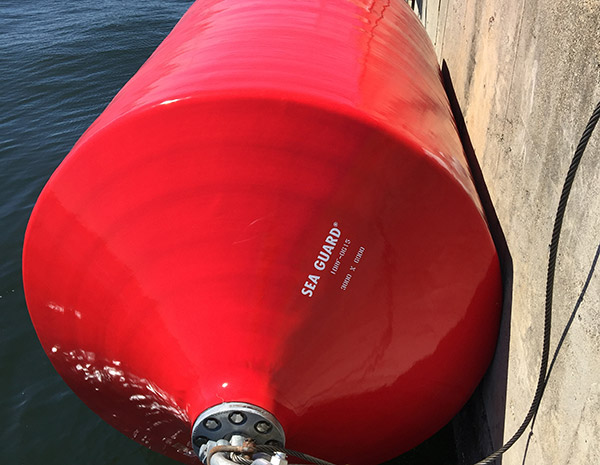
GATE IO HESAP KORUNUYOR
A busy cruise port that accommodates several major cruise line vessels, operating on roundtrips, is visited by millions of cruise passengers every year. The Caribbean port has benefited from millions of dollars of investment to ensure it is capable of handling some of the world’s largest cruise vessels.

HOW TO WITHDRAW FROM GATEIO TO BINANCE
Newer vessels were placing emergency lifeboats in areas that were interfering with legacy passenger offloading bridges. As a result, a cruise line company needed to extend the berthing line. They turned to Trelleborg to design an effective solution at the port which could be rolled out at the cruise line’s other terminals.
GATE.IO AMERICAN BAN
Following a series of consultations with the cruise line and a thorough assessment of the operating environment, Trelleborg proposed a solution. In order to accommodate the limited available cap space and the client’s requirement for limited anchoring, Trelleborg recommended a system of 10 Super Cone Fenders (SCN-1200H) with a custom fabricated mounting stool featuring integrated chain connection points.
This required more than just an innovative solution, it needed to be robust enough to withstand tough operating conditions and work effectively over a long service life. Utilizing its industry-leading knowledge of fabrication and materials, Trelleborg recommended corrosion allowance for the featured steel products, thicker ultra-high molecular weight polyethylene (UHMW-PE) for increased wear protection and stainless-steel hardware.
SEND BNB FROM GATE IO TO METAMASK
Trelleborg’s fender system solution successfully solved the problem of accommodating large standoffs within the limited cap space available. The SCN fenders selected were very stable, even at large compression angles, providing excellent shear strength. Trelleborg has supplied integrated chain connections into stool design for many clients around the world and the cruise line is another example of a satisfied client.
The work demonstrates how Trelleborg combines engineering knowledge, application experience and high-quality materials and products to design and deliver customized solutions that go above and beyond the industry standard.
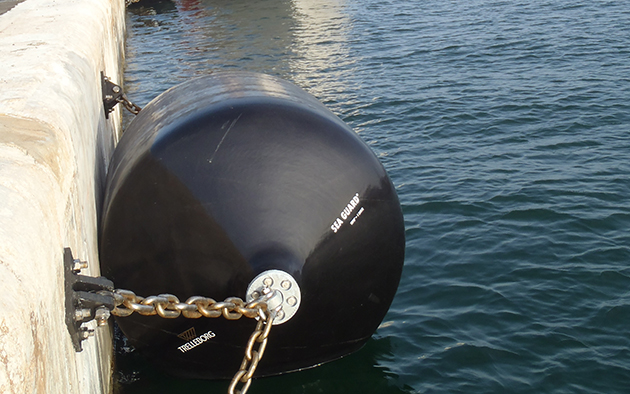
DOES GATEIO SUPPORT BINANCE SMART CHAIN
A state in Southeast Asia had ambitious plans to mitigate regular flooding that was caused by a combination of heavy rainfall, king tides and inadequate drainage.

GATEIO EINZAHLUNG
In the absence of industry guidelines on manufacturing and testing, foam fenders have previously been perceived as a commodity product requiring little specification and engineering, and during tendering, the project specification was stringent. Trelleborg was asked to provide data and thorough explanations to demonstrate that our foam fenders are high-performing products and can offer the long service this challenging project would demand.
GATE IO REEL TOKEN
Trelleborg’s expertise in research and development and technical know-how has led to the development of a definitive protocol for the specification, manufacture and testing of foam fenders to ensure optimal fender performance in their intended environment.
Trelleborg ensures that all its foam fenders are manufactured to these strict standards to deliver high-quality engineered products that meet the individual challenges of ports.
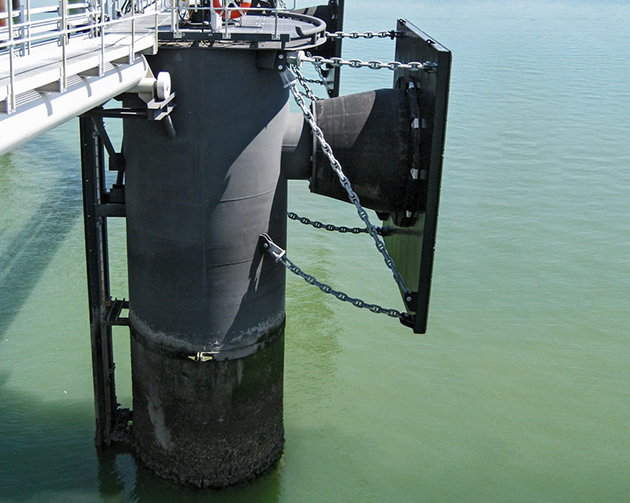
The foam fenders, which have an unsinkable cell polyethylene foam core and an outer skin that is able to absorb impact, are highly resistant to wear and tear. Featuring a robust fender skin, the fenders are designed to stand the test of time and withstand the challenges of adverse weather conditions, such as heavy rainfall, resulting in fewer “lost” days.
The client knew that Trelleborg had the knowledge and unrivaled expertise to provide high-quality fenders to meet the project specification in supplying a fender system that was truly fit for purpose and could meet their bespoke needs.
GATE IO LỪA ĐẢO
Trelleborg was able to meet both the commercially and technically challenging demands of the client and the contractor. By combining rigorous fender design expertise, which incorporates a deep understanding of the port environment and the use of high-quality materials, the client entrusted Trelleborg as the fender supplier for the project.
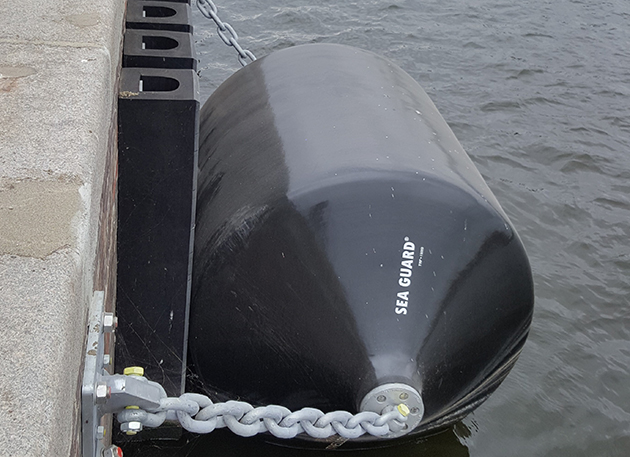
As part of the project, Trelleborg will provide Donut Fenders, Foam Filled Fenders, Roller Fenders and Corner Arch Fenders to upgrade the ship lock for vessels.

GATEIO SWAP COINS
An integrated petrochemical plant based in the Middle East used to be a simple port facility that exported crude oil. Over time, the location of the facility became a key place for oil refinement and related petrochemical activities.

GATEIO NEW YORK REDDIT
The facility was seeking to extend the length of its Terminal 2 in order to improve the mooring arrangements. This included repairing and installing upgrades to the existing anchorage while retaining the quay wall at Terminal 1 and 2. In addition, a smart solution was required that could minimize operational disruption and downtime.
GATEIO VIP
As the anchorage for the vertical face of the quay wall was limited, Trelleborg proposed installing an anchorage system at the top of the quay wall. This would enable berthing activities to carry on as normal at the front face of the quay while the jetty refurbishment took place.
This project features non-conventional marine fenders which were specifically designed to suit the unique anchorage system of the structure. Trelleborg’s unrivaled engineering expertise, which includes extensive application experience in a variety of port environments, combined with the use of high-quality raw materials was crucial in meeting the demands of this unique project.
Trelleborg also designed a “fender bracket system” to transfer all the loads from the fenders to the top anchors and used Finite Element Analysis to simulate the loading conditions. The solution featured a combination of Super Cone Fenders (SCN1300), Super High Cap Foam Fenders, 120T Tee Head Bollards, Quick Release Hooks (QRH) and Meteorological Monitoring Systems.
GATE IO BANK TRANSFER
Over several years, Trelleborg worked closely with the facility – from conceptualization to completion – in order to deliver the ideal solution.
The decision to install an innovative anchoring solution at the top of the quay wall, which was designed to meet the project’s bespoke requirements, reduced the equipment that was required. This streamlined the process and enabled the port to continue functioning throughout the upgrade, resulting in significant cost savings.
The ability to offer customized solutions was key to the successful outcome of this infrastructure project. Trelleborg customized the base of the QRH to a rectangular shape, as opposed to the standard circular base, and also tailored the height of the bollard to suit the project requirements.
This flexible approach enabled Trelleborg to provide a quality solution that satisfied the client’s needs, without significant downtime and operational disruption.
GATEIO RECOVER TOTP
Through investment in R&D, market-leading testing and working with the port industry to uphold standards, Trelleborg continues to innovate and challenge fender design to deliver the performance required for safe and effective port operations.
With a broad suite of fender systems and a global in-house team of manufacturing experts, we take a whole system approach to fender performance and have the expertise to understand complex challenges, in order to develop high-quality, tested solutions that deliver optimal performance, today and tomorrow.
